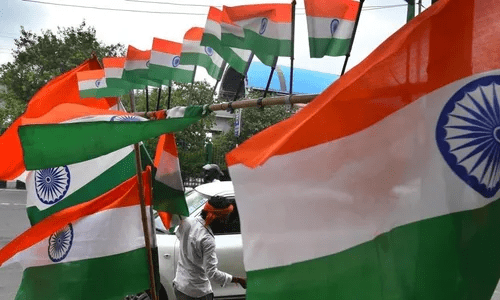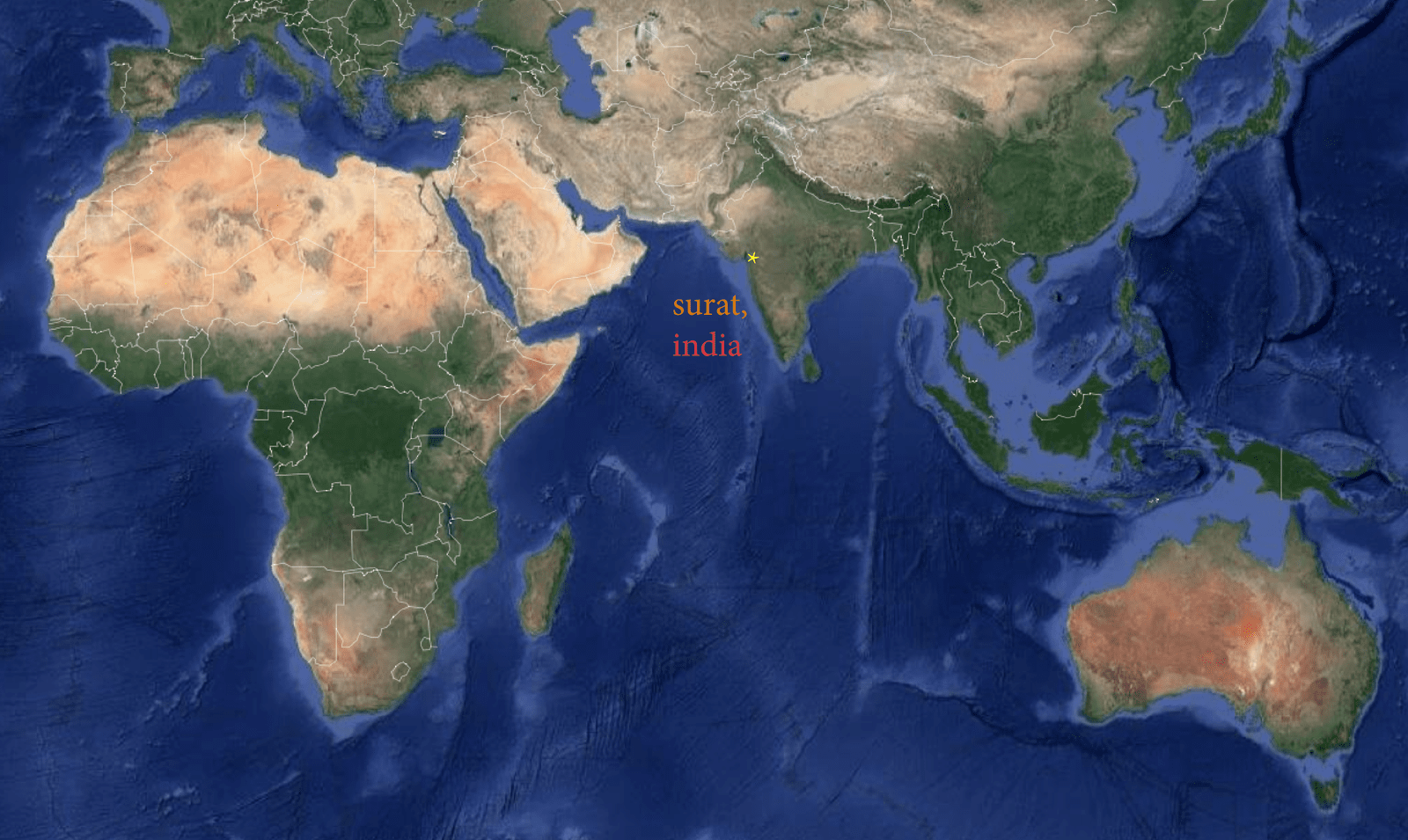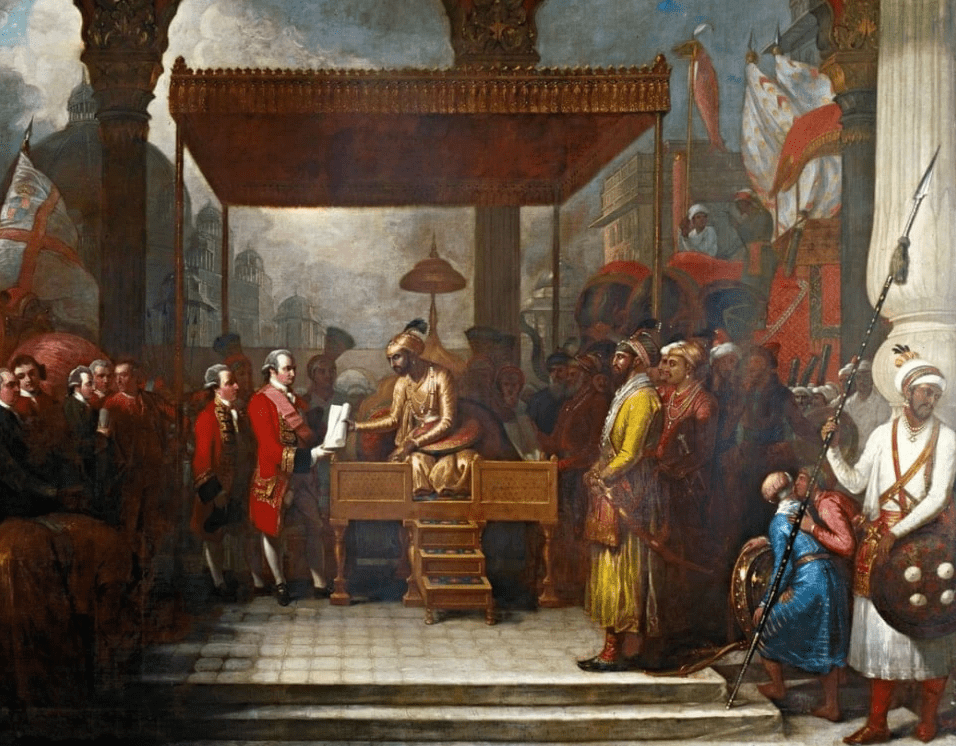
Same Monkeys, Yet No True
Unity Amongst The Black Nations
- Devil Rule of India: 1757 - 1947
It is our ignorance of who we are, and who Allaah is that has the Black man of the planet foolish. No unity amongst the Black nations of the world continues to inhibit the progression of peace, and continually grows the serpent heads of filth, death, and misery.
75th Independence Day: History, significance and rare facts

The Indian Independence Bill was introduced in the British House of Commons on July 4, 1947, and passed within a fortnight. It provided for the end of British rule in India on August 15, 1947. After that, India became a free country with the bifurcation of India and Pakistan.Some of the great freedom fighters who helped in India's freedom struggle include Mahatma Gandhi, Jawaharlal Nehru, Sardar Vallabhbhai Patel, Bhagat Singh, Chandra Shekhar Azad, Subhas Chandra Bose and many more.
India's Independence Day is significant as it stands as a reminder of the sacrifices that many freedom fighters made to get independence from British rule. It is a national holiday and it is usually observed throughout the nation with the hoisting of the tricolour, parades and cultural events. India's first prime minister Jawaharlal Nehru raised the Indian national flag above the Lahori Gate of Red Fort in Delhi on August 15, 1947. It is a tradition that has since been followed by the incumbent Prime Minister, followed by an address to the country . . . .
https://www.hindustantimes.com/india-news/75th-independence-day-history-significance-and-rare-facts-101628825261627.html

The British first landed in India in Surat for the purpose of trade. Here’s how and why a simple trading company, the British East India Company, became one of the biggest challenges the subcontinent had ever dealt with.
The British landed in India in Surat on August 24, 1608. While India has a rich and recorded history going back 4000 years to the Indus Valley Civilisation in Harappa and Mohenjo-Daro, Britain had no indigenous written language until the 9th century almost 3000 years after India. Then how was it possible for the British to start capturing this huge country and control it from 1757 to 1947?
They had more economic power, better weapons and a certain European confidence which allowed then to slowly permeate into the Indian subcontinent till it was ruling the huge nation. A sea route connecting Europe to India came into the limelight in 1498 when Portuguese explorer Vasco da Gama came to Calicut. This made India the centre of attention of Europe’s trade circuit and European powers rushed to Asia to get their own trading posts. Even though the primary motive at first was trade, slowly, the European powers started to get more interested in Acquiring territory. The British were one of these powers looking for money and action.
The British East India Company was formed in 1599 under a charter granted by Queen Elizabeth in 1600. The British Joint Stock Company, as it was known earlier, was founded by John Watts and George White for trade with Asian nations in the south and south-east. British merchants and aristocrats held shares in this joint stock company. The British government had no controlling authority over the company and they shared no direct link. The British East India Company came to India as traders in spices, a very important commodity in Europe back then as it was used to preserve meat. Apart from that, they primarily traded in silk, cotton, indigo dye, tea and opium. They landed in the Indian subcontinent on August 24, 1608, at the port of Surat. Mughal emperor Jahangir granted a farman to Captain William Hawkins permitting the English to erect a factory at Surat in 1613, in 1615,

Job Charnock, the founder of Kolkata, established a factory in 1690 at Suttanati. The city of Calcutta was finally founded in 1698 when the British acquired the
zamindari of three villages Suttanati, Kalikata, and Govindpur. Soon after, Fort William was set up in 1700.In 1717, John Surman obtained a farman from Farrukhsiyar, which gave large concessions to the company. This farman has been called the greatest win for the British East India Company. The early East India Company realised that India was one big collection of provincial kingdoms and wanted to concentrate all the resources. Thus, the company started to meddle in Indian politics and started to see steady rise in their fortunes. The first biggest strike from the British on India was the defeat of the Nawab of Bengal, Siraj-ud-daulah, at
the hands of Robert Clive in the Battle of Plassey in 1757. It was followed by the Battle of Buxar in 1764 wherein Captain Munro defeated the joint forces of Mir Qasim of Bengal, Shujauddaula of Awadh and Mughal king Shah Alam II. Slowly but surely, the East India Company started to transform from a trading company to a ruling one. The powers of the East India Company kept growing till 1858 when it was dissolved after the Revolt of 1857 and the British Crown took direct control of India to begin the British rule.https://www.indiatoday.in/education-today/gk-current-affairs/story/when-and-why-british-first-came-to-india-1591166-2019-08-24
hargeisa, somaliland population 1,250,000
brazzaville, republic of congo population 2,200,000
havana, cuba population 3,000,000 port au prince, haiti population 800,000 kumasi, ghana population 1,600,000 lome, togo population 900,000
dar es salaam, tanzania population 3,500,000 matola, mozambique population 725,000 panama city, panama population 600,000
riyadh, saudi arabia population 9,000,000 gaborone, botswana population 300,000
mombasa, kenya population 900,000 kuala lumpur, malaysia population 2,000,000
kingston, jamaica population 1,500,000
luanda, angola population 4,000,000
phnom penh, cambodia population 2,500,000
addis ababa, ethiopia population 3,500,000
sanaa, yemen population 3,000,000
kinshasa, dr congo population 9,000,000
harare, zimbabwe population 2,500,000
shanghai, china population 22,000,000 cairo, egypt population 12,000,000
maracaibo, venezuela population 2,000,000 windhoek, namibia population 300,000
mexico city, mexico population 10,000,000 brikama, gambia population 85,000
nouakchott, mauritania population 750,000 kandahar, afghanistan population 600,000
khartoum, sudan population 3,000,000 kigali, rwanda population 850,000
ouagadougou, burkina faso population 2,000,000 quezon city, philippines population 4,000,000 bangui, central african republic population 620,000 n'djamena, chad population 850,000
anju, north korea population 400,000 libreville, gabon population 700,000
mumbai, india population 18,000,000 cape town, south africa population 4,500,000
georgetown, guyana population 300,000 sousse, tunisia population 250,000 lagos, nigeria population 10,000,000 ho chi minh, vietnam population 9,500,000 bata, equatorial guinea population 300,000 cotonou, benin population 900,000
dakar, senegal population 3,200,000 bafata, guinea bissau population 35,000 bamako, mali population 2,500,000 faisalabad, pakistan population 3,500,000
niamey, niger population 900,000 mogadishu, somalia population 3,000,000 bujumbura, burundi population 450,000 ndola, zambia population 450,000